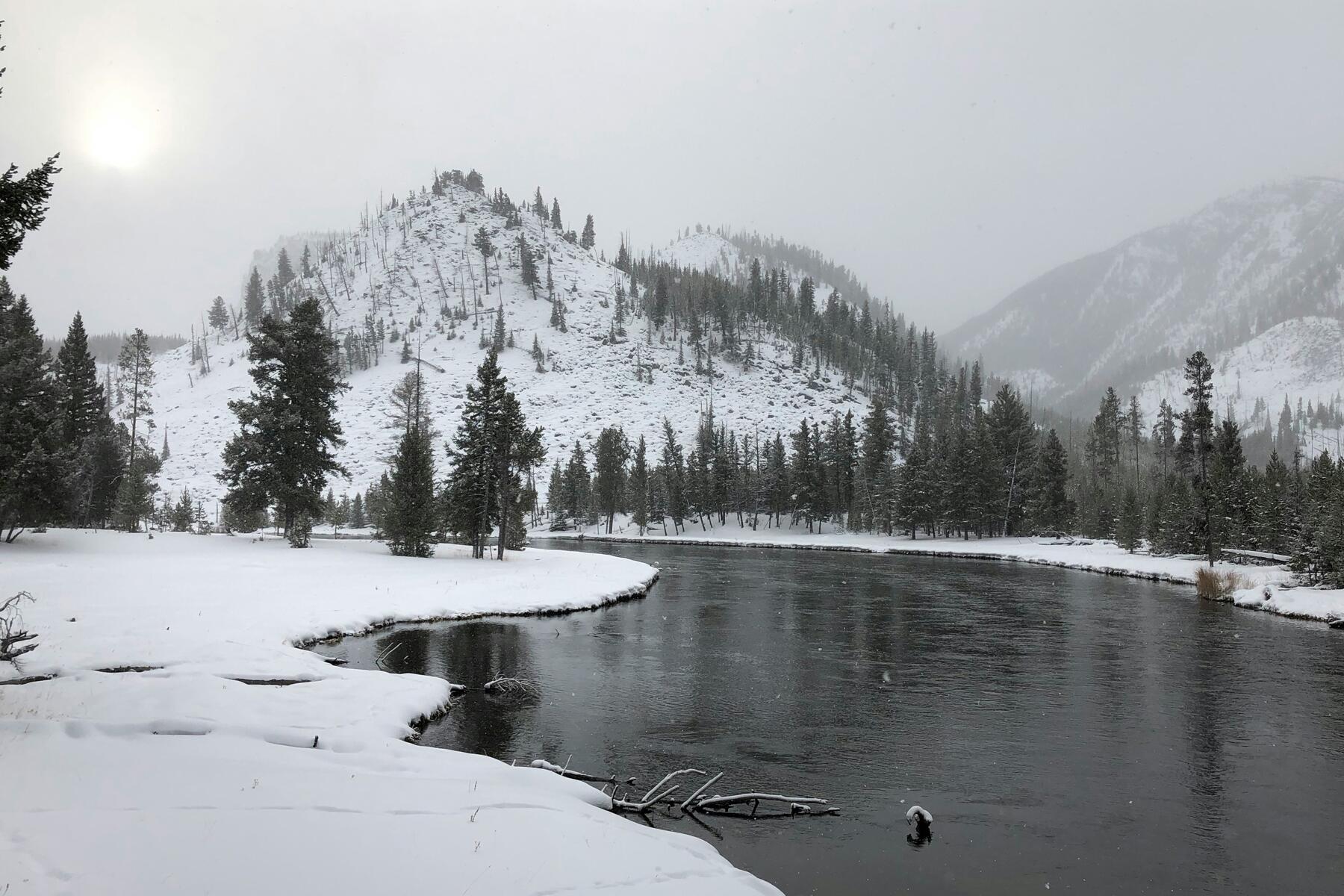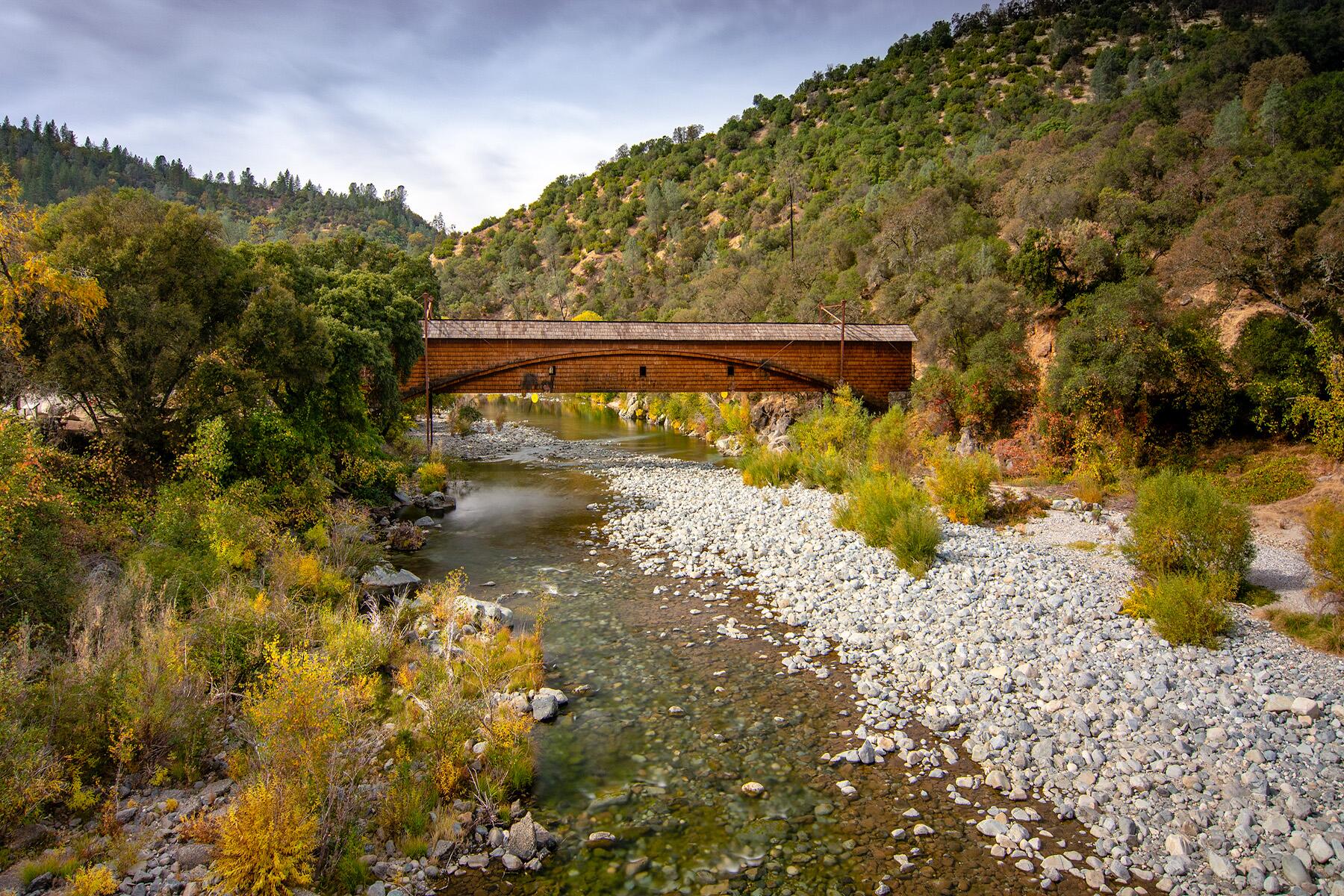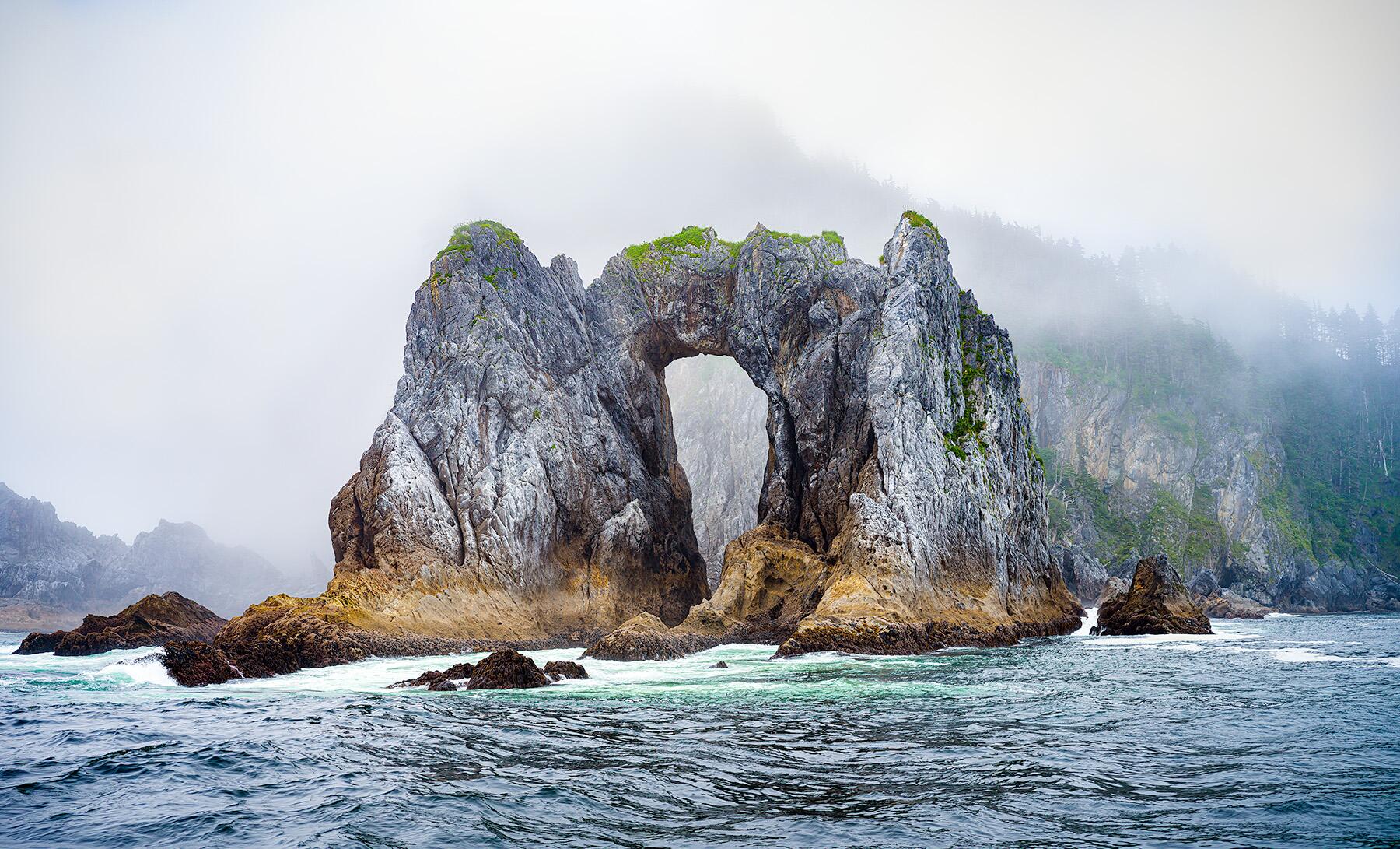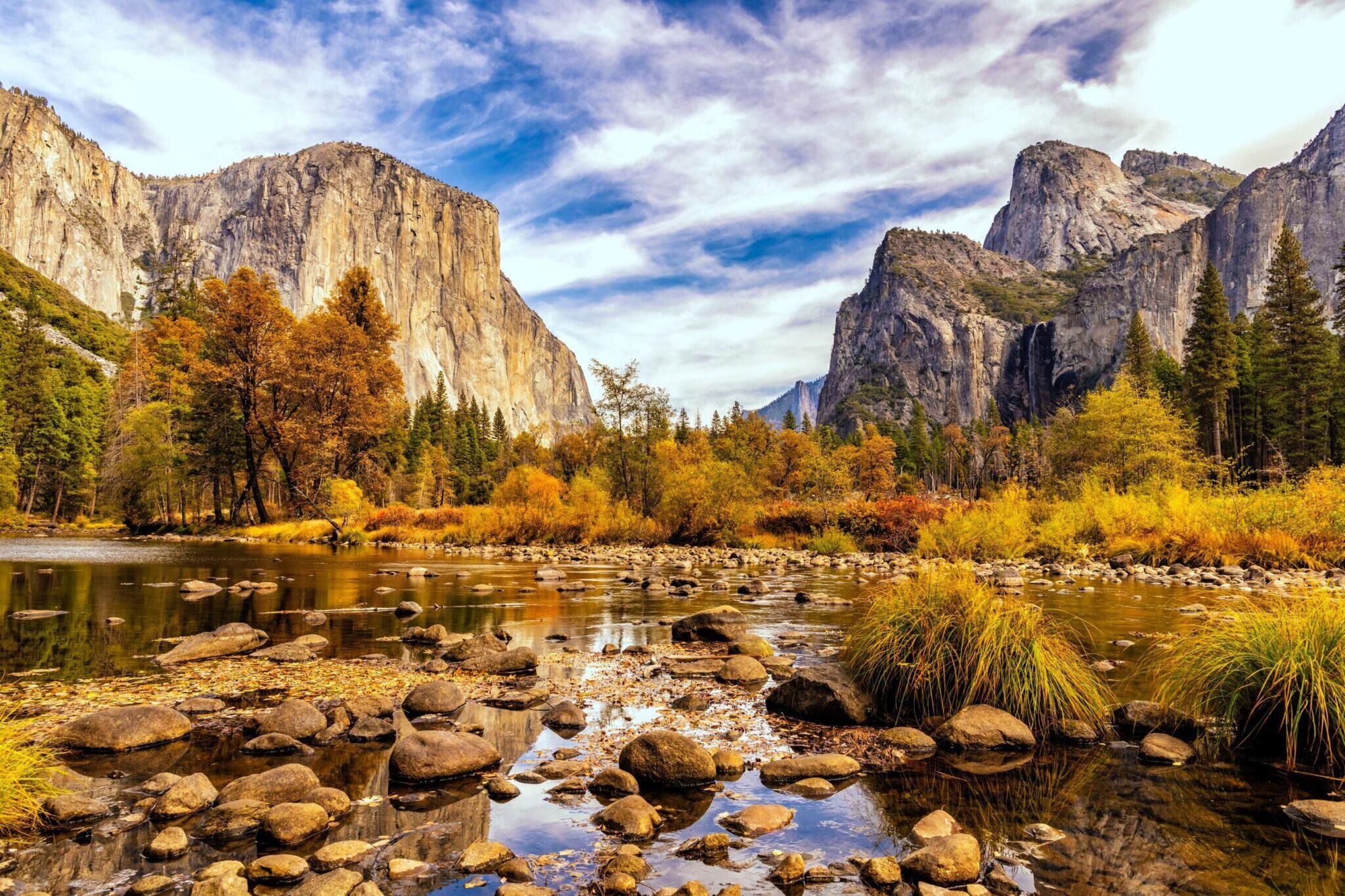If you love the desert, solitude and abandoned places, plan your next camping trip for the wonderfully remote (and creepy) Big Bend National Park.
We love national parks. We love all the creepy, abandoned and eerie destinations North America has to offer. What better way to combine your love for both than by visiting the creepiest national park in America? Big Bend National Park, designated as an International Dark Sky Park, is one of the least visited national parks. Although it’s the seventh-largest national park in the continental United States at 1,252 square miles, it sees less than 500,000 visitors per year. In comparison, the Great Smoky Mountains National Park sees over 11 million visitors each year. You can expect trails to yourself and campsites with, possibly, one other tent in the dark desert. Solitude is the norm, not the exception.
If you’re going to Big Bend, you’d do yourself a disservice if you didn’t explore some of the offerings and aspects of the park that make it, in this national park lover’s opinion, America’s (wonderfully!) creepiest national park.




